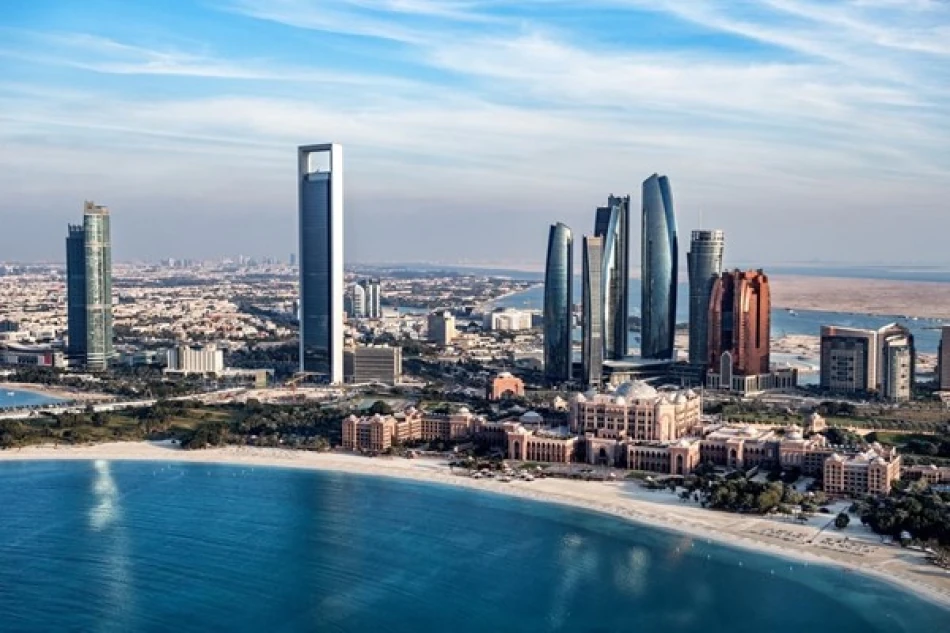
Partial Cloud Cover, Possible Showers Forecast for Tomorrow
UAE Braces for Partly Cloudy Skies and Light Rain as Eastern Regions Face Weather Shift
The UAE's National Center of Meteorology forecasts partly cloudy to occasionally overcast conditions tomorrow, with eastern and southern regions expected to experience light rainfall. The weather pattern signals a typical seasonal transition that could provide relief from the country's intense summer heat, particularly benefiting agricultural zones and water conservation efforts.
Regional Weather Patterns and Wind Conditions
Meteorologists predict light to moderate winds throughout the day, with speeds ranging from 10-25 km/h and occasional gusts reaching up to 35 km/h. The wind direction will shift from southeast to northeast, a pattern consistent with the region's monsoon influences from the Indian Ocean system.
This weather shift reflects the UAE's position at the crossroads of major atmospheric systems, where Arabian Peninsula weather patterns interact with moisture-laden air masses from the surrounding seas.
Maritime Conditions Across UAE Waters
Arabian Gulf Tidal Patterns
The Arabian Gulf will experience calm sea conditions with light waves. Maritime activities will see optimal conditions with the first high tide occurring at 8:41 AM and the first low tide at 2:46 AM, providing favorable windows for fishing and recreational boating.
Sea of Oman Coastal Areas
Similar calm conditions are expected along the Sea of Oman coastline. The tidal schedule shows two high tides at 2:39 PM and 6:07 AM, with low tides at 9:32 AM and 10:48 PM. These conditions particularly benefit the eastern emirates' fishing industry and port operations.
Temperature and Humidity Variations Across Emirates
Temperature ranges reveal significant variations across the UAE's diverse geography. Liwa is expected to record the highest temperatures, reaching 47°C, while Fujairah on the eastern coast will experience the most moderate conditions with highs of only 34°C.
The stark temperature differences highlight the UAE's unique climate zones, from the desert interior to the coastal regions moderated by sea breezes. Humidity levels will range dramatically, with coastal areas like Abu Musa Island reaching up to 85% humidity, while inland desert regions like Liwa may drop to just 15%.
Economic and Agricultural Implications
The forecasted light rainfall could provide significant benefits to the UAE's agricultural sector, particularly in the eastern regions where farming activity is concentrated. This natural irrigation reduces dependence on desalinated water for crop irrigation, potentially lowering agricultural costs.
For the construction and outdoor events industry, the partly cloudy conditions offer a welcome respite from direct sunlight while maintaining workable conditions. The moderate wind speeds pose minimal disruption to aviation operations at major hubs like Dubai International and Abu Dhabi International airports.
Climate Context and Seasonal Patterns
This weather pattern aligns with the UAE's transitional period between seasons, when the country experiences more variable conditions compared to the stable, intense heat of peak summer months. The eastern regions' higher likelihood of precipitation reflects their proximity to the Hajar Mountains, which create orographic lifting effects that enhance cloud formation and rainfall potential.
Such conditions typically occur when regional pressure systems shift, allowing moisture from the Arabian Sea to penetrate further inland than usual, creating opportunities for the light precipitation forecast across the eastern and southern areas.
 Layla Al Mansoori
Layla Al Mansoori







